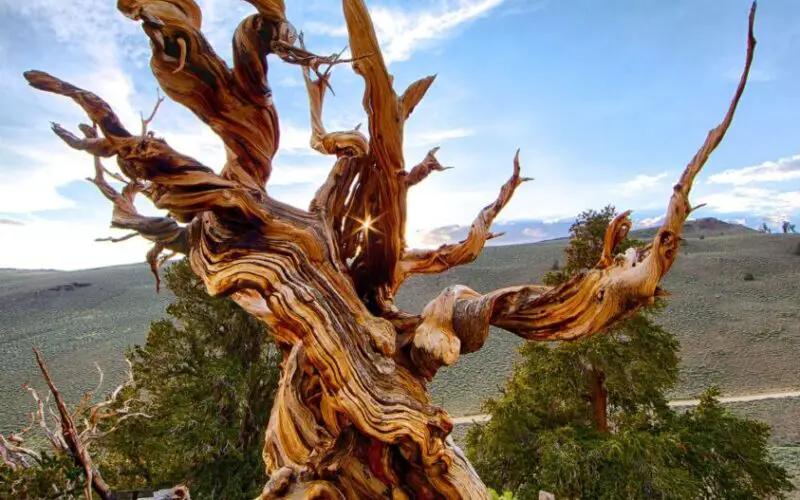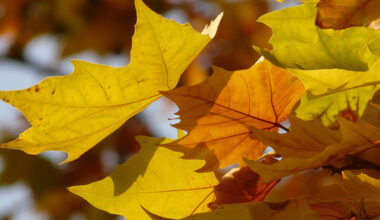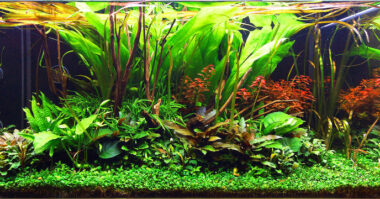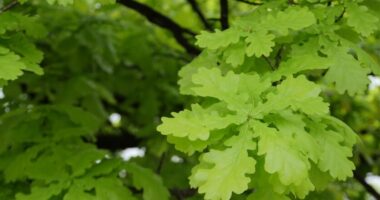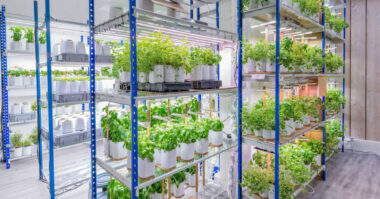The lifespan of many plants is genetically regulated: in annual plants, for example, they die at the end of the year (once the reproductive cycle is complete). There are also trees with a limited lifespan, for example a birch tree lives for about 100 years.
But for most woody plants, such as trees, it would be wrong to say that they die of old age, as one would expect animals to do, which eventually die as a result of the degradation of their physiological capacities: some trees do not have a priori a limited lifespan.
Contents
Old age in trees
It is known that some tree species can live for hundreds of years. This is the case of certain oaks, firs, larches, pines, beeches, elms, among others. But there are still some pedunculated oaks that live up to 2,000 years!
Transposing this situation to humans is inconceivable: all things considered, it is as if some humans could live 250 years! In trees, nothing prevents them from breaking such records. In fact, scientists have found that trees are not programmed to die like other living beings.
How is this possible? The first question to ask is what causes old age. In animals, genes stop working through a biochemical process: methylation. This degradation of cells combined with other factors – old age is a very complex phenomenon – causes wear and tear and eventually the cessation of vital functions. Thus, old age is due to the accumulation of genes that are extinguished like worn-out candles.
The appearance of old trees
What does a 100 year old oak look like? Is it so different from another individual that would have reached 400 years of age? If the former has grown in ideal conditions and the latter, on the other hand, has suffered from lack of water or sunlight, they may have reached similar sizes. Some species show particular growth strategies.
For example, beech can slow down its growth until a neighbouring tree falls and creates a gap in light that it will take advantage of. Its growth rate will then accelerate significantly. In this context, it is impossible to determine age by size.
Cells that regenerate?
Indeed, plant cells in plants have certain capacities that are not observed in animals, in particular, they are (generally) totipotent. This means that differentiated cells (i.e. cells that have already acquired characteristics specific to a particular tissue, for example those forming wood) can dedifferentiate (become a stem cell again) and then redifferentiate (form another tissue).
This characteristic allows plants to grow continuously and to have totally new cells, unlike animals in which the tissues end up aging with a certain degree of degeneration.
Because a plant can form new tissue from the beginning, it has the ability to continually renew itself. This is why the leaves of a multi-centennial or even millennial tree are not very different from the leaves of a juvenile tree of the same species. And this is also why a branch, in contact with the ground, can have roots developing on it, whereas all the cells formed wood: this is the principle of layering.
Now, it is true that the already formed tissues are aging.
Thus, a tree, when it has an indefinite lifespan, constantly produces new tissues, without apparent aging, except for the older tissues. These are more fragile, and are, for example, subject to rotting in case of injury. The death of the tree occurs when the structure gives way under its own weight (branches that break because they are too heavy), or when diseases damage the wood (fungi, pests), which ultimately compromises the survival of the young organs that depend on it to feed them with sap.
As for the oldest tree, it is a colony of trembling aspens, which is estimated to be 80,000 years old (yes, that’s a lot), according to estimates to be taken with tweezers.
Summary
To summarize, it is complicated to say that plants die of old age like an animal, which has its physiological capacities that diminish with time. This is not the case for plants.
Trees, for example, have an end of life that is very often due to external factors: fire, lightning, a saw… If they have time with them, they will die in pieces, slowly.
